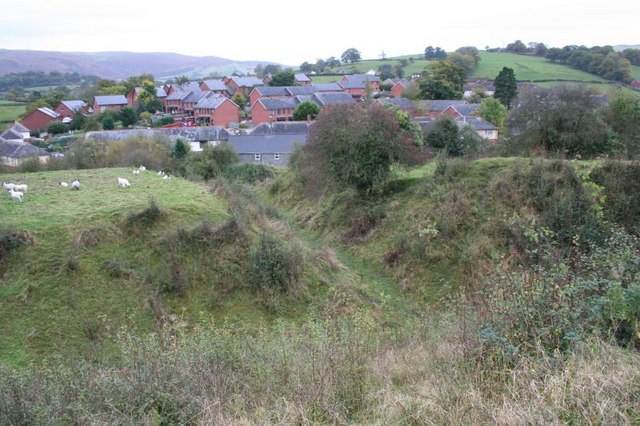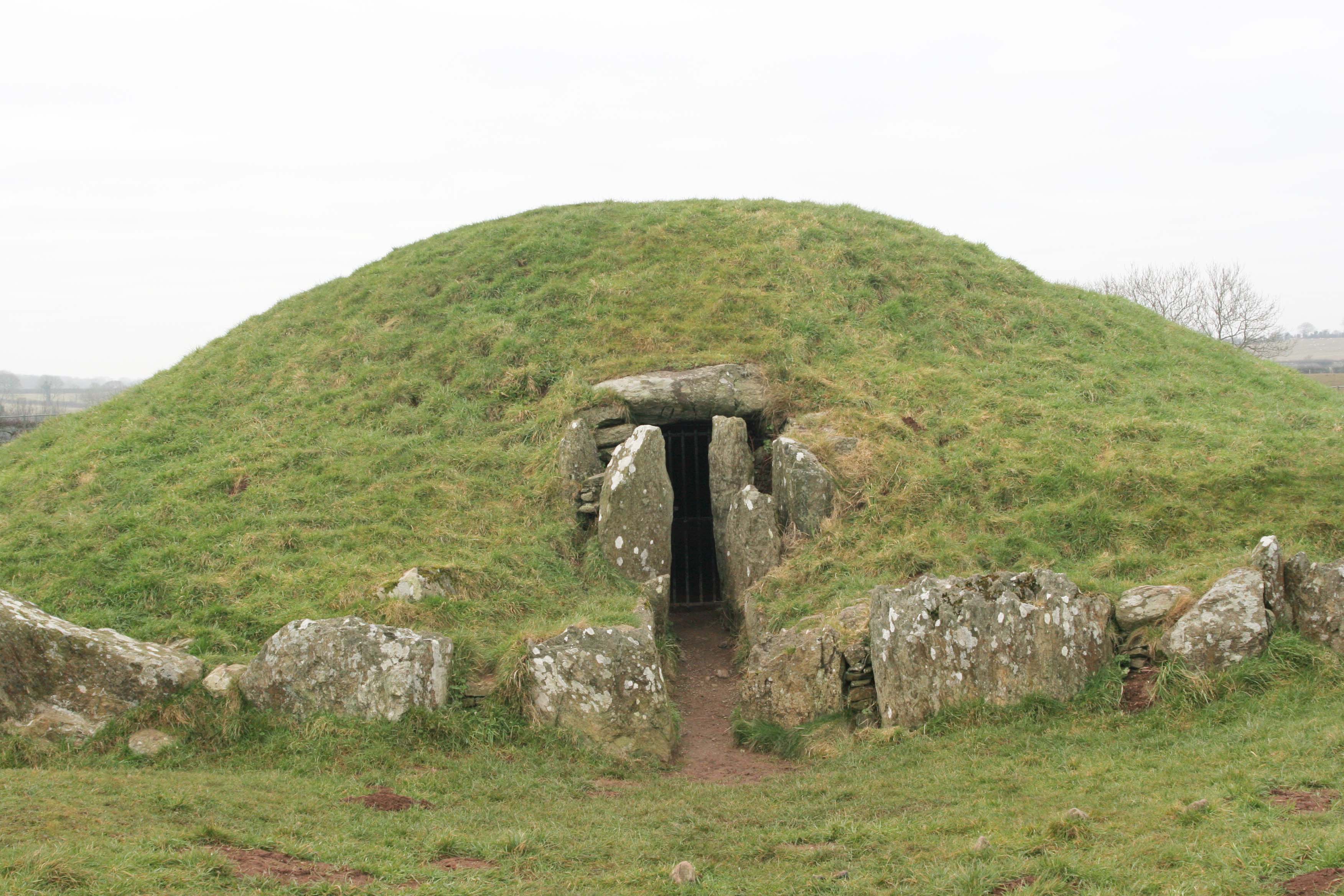|
Cynan Ap Maredudd
Cynan ap Maredudd (died 1295) was a Welsh nobleman who assumed leadership of the Welsh revolt of Madog ap Llywelyn in the mid-Wales area in 1294 and 1295. He is recorded in the Welsh chronicle Brut y Tywysogyon as having jointly led the revolt in Deheubarth Deheubarth (; , thus 'the South') was a regional name for the Welsh kingdoms, realms of south Wales, particularly as opposed to kingdom of Gwynedd, Gwynedd (Latin: ''Venedotia''). It is now used as a shorthand for the various realms united under ... with Maelgwn ap Rhys (died 1295), but this seems unlikely given his known activities were confined to territories well to the north of those of Maelgwn. He is known to have besieged Builth Castle, and also attacked the castle at Cefnllys. After the collapse of the revolt in the summer of 1295, he was captured, apparently at Hereford, and executed. References * Thomas Jones (ed.), ''Brut Y Tywysogyon or Chronicle of the Princes (Peniarth Ms. 20 Version)'' (Cardiff, 1952). ... [...More Info...] [...Related Items...] OR: [Wikipedia] [Google] [Baidu] |
Wales
Wales ( ) is a Countries of the United Kingdom, country that is part of the United Kingdom. It is bordered by the Irish Sea to the north and west, England to the England–Wales border, east, the Bristol Channel to the south, and the Celtic Sea to the south-west. , it had a population of 3.2 million. It has a total area of and over of Coastline of Wales, coastline. It is largely mountainous with its higher peaks in the north and central areas, including Snowdon (), its highest summit. The country lies within the Temperate climate, north temperate zone and has a changeable, Oceanic climate, maritime climate. Its capital and largest city is Cardiff. A distinct Culture of Wales, Welsh culture emerged among the Celtic Britons after the End of Roman rule in Britain, Roman withdrawal from Britain in the 5th century, and Wales was briefly united under Gruffudd ap Llywelyn in 1055. After over 200 years of war, the Conquest of Wales by Edward I, conquest of Wales by King Edward I o ... [...More Info...] [...Related Items...] OR: [Wikipedia] [Google] [Baidu] |
Welsh Revolt Of 1294–95
During the late Middle Ages in medieval Wales, rebellions were instigated by the Welsh people in a series of battles and wars before and after the 13th century conquest of Wales by Edward I. By 1283, the whole of Wales was under the control of the Kingdom of England for the first time. Then, by 1400, after centuries of intermittent warfare in Wales, the discontent of the Welsh people with English rule in Wales culminated in the Welsh Revolt, a major uprising led by Owain Glyndŵr, who achieved de facto control over much of the country in the following years. The rebellion petered out after 1409, and after complete English control was restored in 1415, there were no further major rebellions against England in the former Kingdoms in Wales. Late Medieval Welsh rebellions Medieval kingdoms in Wales had seen rebellions as a direct consequence of the Norman invasion of Wales. By the 1080s, Wales had become fragmented, and the English kings took full advantage of the situation, launc ... [...More Info...] [...Related Items...] OR: [Wikipedia] [Google] [Baidu] |
Madog Ap Llywelyn
Madog ap Llywelyn (died after 1312) was the leader of the Welsh revolt of 1294–95 against English rule in Wales. The revolt was surpassed in longevity only by the revolt of Owain Glyndŵr in the 15th century. Madog belonged to a junior branch of the House of Aberffraw and was a distant relation of Llywelyn ap Gruffudd, the last recognised native Prince of Wales. During his revolt, Madog issued a land grant in which he used the title "Prince of Wales". Lineage Madog was the son of Llywelyn ap Maredudd, the last vassal Lord of Meirionydd who had been deprived of his patrimony in 1256 for opposing the future Prince of Wales, Llywelyn ap Gruffudd, at the Battle of Bryn Derwin. Llywelyn ap Maredudd had gone into exile in England where he received a pension from the English crown, until June 1262 when he reconciled with Llywelyn ap Gruffudd. He died in a skirmish fighting for the Welsh in April 1263. His eldest son, Madog, who may have been born in exile, is known to have receiv ... [...More Info...] [...Related Items...] OR: [Wikipedia] [Google] [Baidu] |
Brut Y Tywysogyon
''Brut y Tywysogion'' () is one of the most important primary sources for Welsh history. It is an annalistic chronicle that serves as a continuation of Geoffrey of Monmouth’s ''Historia Regum Britanniae''. ''Brut y Tywysogion'' has survived as several Welsh translations of an original Latin version, which has not itself survived. The most important versions are the one in Robert Vaughan's Peniarth MS. 20 and the slightly less complete one in the Red Book of Hergest. The version entitled '' Brenhinoedd y Saeson'' (''Kings of the English'') combines material from the Welsh annals with material from an English source. The Peniarth MS. 20 version begins in 682 with a record of the death of Cadwaladr and ends in 1332. The entries for the earlier years are brief, usually records of deaths and events such as eclipses, plagues or earthquakes, but later entries are much more detailed. The main focus is on the rulers of the kingdoms of Gwynedd, Powys and Deheubarth, but ecclesiasti ... [...More Info...] [...Related Items...] OR: [Wikipedia] [Google] [Baidu] |
Deheubarth
Deheubarth (; , thus 'the South') was a regional name for the Welsh kingdoms, realms of south Wales, particularly as opposed to kingdom of Gwynedd, Gwynedd (Latin: ''Venedotia''). It is now used as a shorthand for the various realms united under the House of Dinefwr, but that Deheubarth itself was not considered a proper kingdom on the model of Gwynedd, Kingdom of Powys, Powys, or Kingdom of Dyfed, Dyfed is shown by its rendering in Medieval Latin, Latin as ''dextralis pars'' or as ''Britonnes dexterales'' ("the Southern Britons") and not as a named land. In the oldest British writers, ''Deheubarth'' was used for ''all'' of modern Wales to distinguish it from ''Hen Ogledd'' (''Y Gogledd''), the northern lands whence Cunedda originated. History Deheubarth was united around 920 by Hywel Dda out of the territories of Seisyllwg and Kingdom of Dyfed, Dyfed, which had come into his possession. Later on, the Kingdom of Brycheiniog was also added. Caerleon was previously the principal ... [...More Info...] [...Related Items...] OR: [Wikipedia] [Google] [Baidu] |
Builth Castle
Builth Castle () was a castle built under Edward I of England, King Edward I, just outside Builth Wells, Powys, Wales. At one time it was an impressive stone-built castle but all the masonry has been removed over the years and all that remains are the mound on which it stood, the ditches and embankments. History Builth Castle was erected in 1277, the first castle to be built by Edward I of England, King Edward I in Wales. The site chosen was a pre-existing motte-and-bailey castle with a motte surrounded by two baileys, all surrounded by a further boundary wall. This older castle had already changed hands several times as the Normans and Welsh fought for supremacy in these parts, and the small town of Builth had sprung up nearby. In 1260 the old castle was taken and largely destroyed by Llywelyn ap Gruffudd. It is not clear how much of the original structure was still there when Edward I started building his stone castle. Construction started in May 1277, and continued until August ... [...More Info...] [...Related Items...] OR: [Wikipedia] [Google] [Baidu] |
History Of Wales
The history of what is now Wales () begins with evidence of a Neanderthal presence from at least 230,000 years ago, while ''Homo sapiens'' arrived by about 31,000 BC. However, continuous habitation by modern humans dates from the period after the end of the last ice age around 9000 BC, and Wales has many remains from the Mesolithic, Neolithic, and Bronze Age. During the Iron Age, as in all of Britain south of the Firth of Forth, the culture had become Celtic, with a common Brittonic language. The Romans, who began their conquest of Britain in AD 43, first campaigned in what is now northeast Wales in 48 against the Deceangli, and gained total control of the region with their defeat of the Ordovices in 79. The Romans departed from Britain in the 5th century, opening the door for the Anglo-Saxon settlement. Thereafter, the culture began to splinter into a number of kingdoms. The Welsh people formed with English encroachment that effectively separated them from the other sur ... [...More Info...] [...Related Items...] OR: [Wikipedia] [Google] [Baidu] |
1295 Deaths
Year 1295 ( MCCXCV) was a common year starting on Saturday of the Julian calendar. Events By place Europe * April 25 – King Sancho IV of Castile ("the Brave") dies of a fatal illness (possibly tuberculosis), after a 11-year reign at Toledo. He is succeeded by his 9-year-old son Ferdinand IV ("the Summoned") as ruler of Castile and León. In the ''Cortes'' at Valladolid, Henry of Castile the Senator is appointed guardian of Ferdinand, while Queen María de Molina becomes his regent. During the summer, Ferdinand is betrothed to the 5-year-old Princess Constance of Portugal. Hostilities between Castile and King Denis of Portugal ("the Poet King") are ended by a peace agreement. * June 20 – Treaty of Anagni: Pope Boniface VIII arranges a peace treaty between King Philip IV of France ("the Fair"), Charles II of Naples ("the Lame"), and James II of Majorca. James returns Sicily to the Papal States, seeking to bring peace between the Capetian House of Anjou ... [...More Info...] [...Related Items...] OR: [Wikipedia] [Google] [Baidu] |



